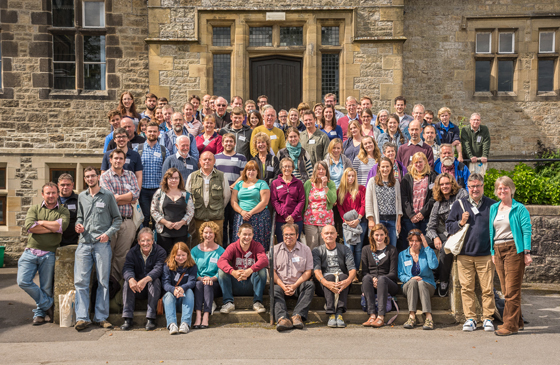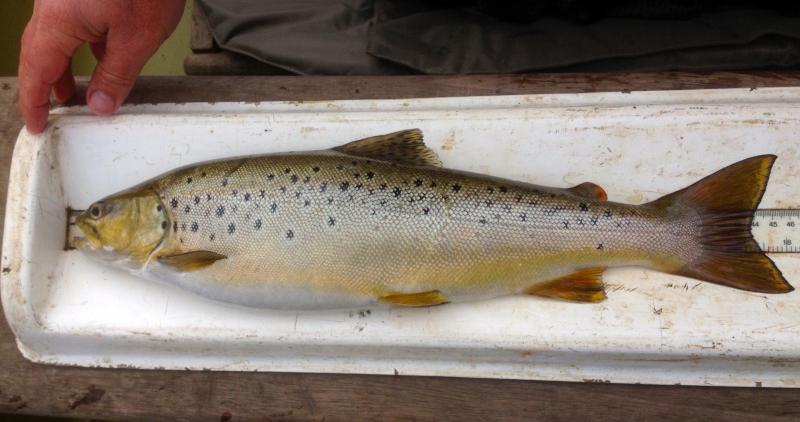Typical! Not two weeks after completing my round-up for the Science Spot in Salmo trutta, the annual glossy WTT publication that our members receive, an interesting paper on IMWs (Intensively Monitored Watersheds) lands on my desk. While not exactly on topic, it includes interesting snippets that would have embellished my article. However, as I wrote in the Salmo piece, the means by which knowledge is transferred nowadays means: I can (and have already) tweeted about this paper (but not included any precis or personal view of its content); I can (here, now) blog about it and impart some detail; or I can sit on it for 12 months and tell you all about it in the 2017 issue of Salmo!
IMWhats? In the Pacific Northwest, a vast tract of land with a very loosely defined boundary but it’s roughly 67 times the size of Wales if you’re interested in that sort of thing, there are at least 17 IMWs. They are an attempt to test the effectiveness of a broad range of stream restoration actions for increasing the freshwater production of anadromous salmon and steelhead and to better understand fish–habitat relationships. This is no mean feat, and the paper by Bennet and his colleagues reports on the lessons learned so far.



